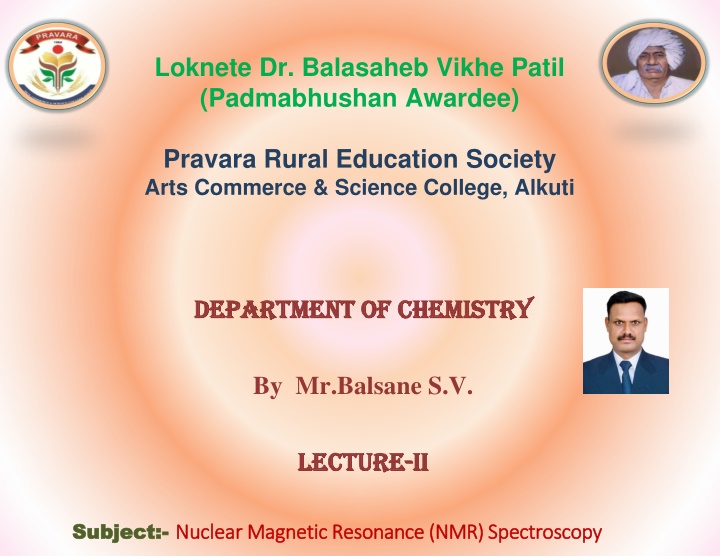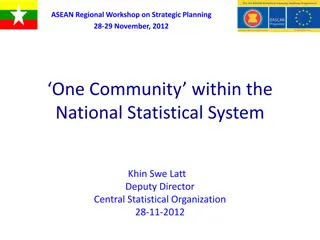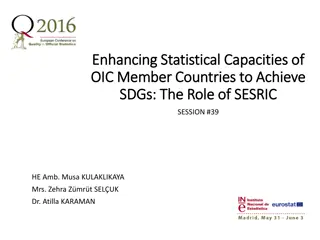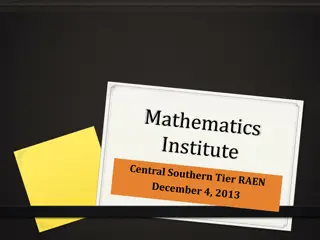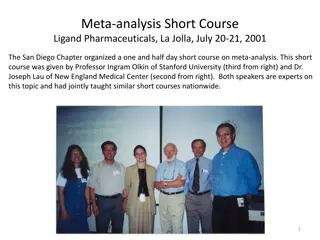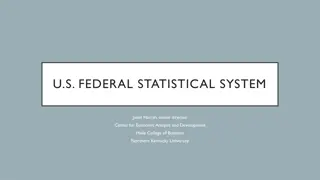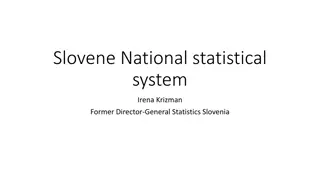Tool for Assessing Statistical Capacity (TASC): A Comprehensive Overview
The Tool for Assessing Statistical Capacity (TASC) is a valuable resource developed by the U.S. Census Bureau with the support of the U.S. Agency for International Development (USAID). It provides quantitative measures to identify areas of strength and weakness in the preparedness of National Statistical Offices (NSOs) to conduct censuses or surveys. The TASC offers operational modules for each step of the data collection process and an additional module to assess overall institutional capacity. Results from the TASC can be utilized to improve training, measure statistical capacity, and evaluate the impact of assistance programs.
Download Presentation

Please find below an Image/Link to download the presentation.
The content on the website is provided AS IS for your information and personal use only. It may not be sold, licensed, or shared on other websites without obtaining consent from the author.If you encounter any issues during the download, it is possible that the publisher has removed the file from their server.
You are allowed to download the files provided on this website for personal or commercial use, subject to the condition that they are used lawfully. All files are the property of their respective owners.
The content on the website is provided AS IS for your information and personal use only. It may not be sold, licensed, or shared on other websites without obtaining consent from the author.
E N D
Presentation Transcript
Loknete Dr. Balasaheb Vikhe Patil (Padmabhushan Awardee) Pravara Rural Education Society Arts Commerce & Science College, Alkuti Department of Department of Chemistry Chemistry By Mr.Balsane S.V. Lecture Lecture- -II II Subject: Subject:- - Nuclear Nuclear Magnetic Magnetic Resonance Resonance (NMR) (NMR)Spectroscopy Spectroscopy
Local-field contributions from more than one hydrogen are additive. Consider the triplet above. It corresponds to the methyl protons being split by the methylene protons. The methylene proton spins will statistically orient in the external magnetic field as , , and . Each methyl proton will see an increased field 25% of the time ( ), no change 50% of the time ( and ), and a decreased field 25% of the time ( ).
The integrated intensity of the triplet will be 6 since there are a total of 6 equivalent methyl protons.
In the case of the methylene protons, the methyl proton spins will statistically distribute as , , , , , , , and . This will result in a 1:3:3:1 quartet of peaks. The integrated intensity of the quartet will be 4, corresponding to the 4 equivalent methylene protons.
In many cases, spin-spinsplitting is given by the N+1 rule. A simple set of rules: Equivalent nuclei located adjacent to one neighboring hydrogen resonate as a doublet. Equivalent nuclei located adjacent to two hydrogens of a second set of equivalent nuclei resonate as a triplet. Equivalent nuclei located adjacent to a set of three equivalent hydrogens resonate as a quartet.
In many cases, spin-spinsplitting is given by the N+1 rule. This table illustrates the N+1 rule: Nuclei having N adjacent equivalent neighbors split into N+1 peaks. The heights of the N+1 peaks follow Pascal s triangle.
It is important to note that non-equivalentnuclei split each other. A split in one requires a split in the other. In addition, the coupling constants will be the same for each type of nuclei. Two additionalexamples:
10-8 Spin-Spin Splitting: Some Complications The N+1 rule may not apply in a direct way if several neighboring hydrogens having fairly different coupling constants are coupled to the resonating nucleus. In this case, the rule is revised to (n1+1) * (n2 + 1).
In the case of 1-bromopropane,the hydrogens on C2 are also coupled to two non- equivalent sets of neighbors. A theoretical analysis of this resonance would predict as many as 12 lines (a quartet of triplets). Because the coupling constants are very similar, however, many of the lines overlap, thus simplifying the pattern.
Carbon-13Nuclear Magnetic Resonance The NMR spectroscopy of13C is very useful for structural determination. 1H- Decoupling
13C NMR Spectrum Example 13C Spectra are easier to analyze than 1H spectra because the signal splitting can be avoided. Each type of carbon atom appears as a single peak with 1H- decoupling.
Chemical Shifts in13C NMR In contrast to the small range of chemical shifts in 1H NMR (1-10 ppm usually), 13C NMR absorptions occur over a much broader range (0-220 ppm). The chemical shifts of carbon atoms in 13C NMR depend on the same effects as the chemical shifts of protons in1H NMR. Common 13C- NMR chemical shift values
How to determine structures of compounds from their spectra? 1. Determine the molecular formula and degree of unsaturation 2. From 1H- NMR, determine # of signals, # of protons in each signal, peak splitting patterns and chemical shifts
THANK YOU
